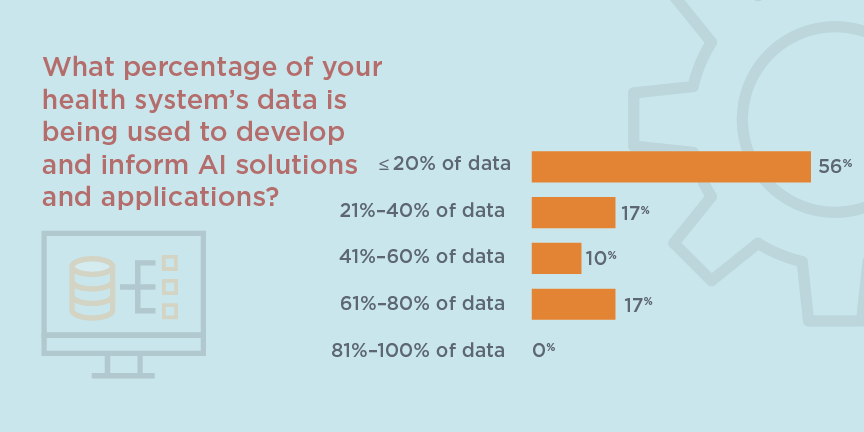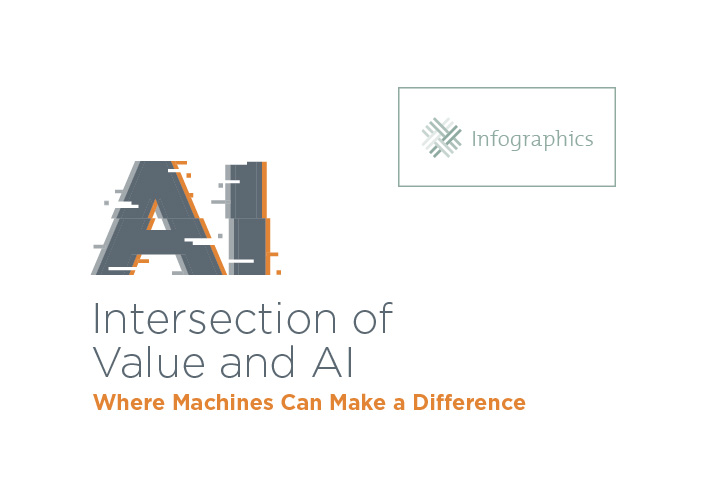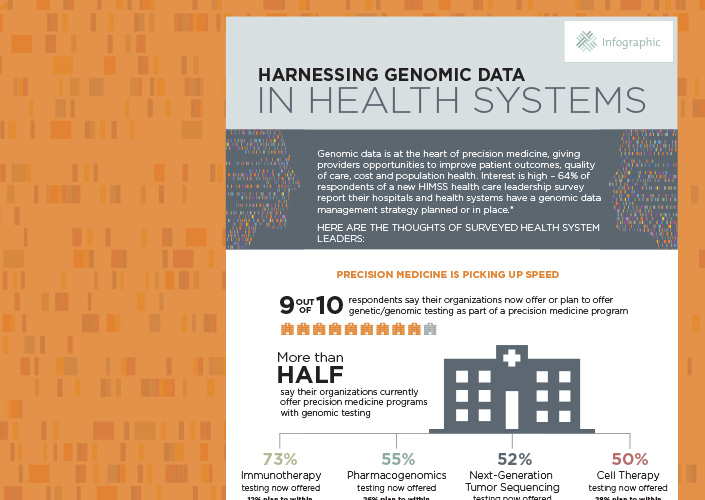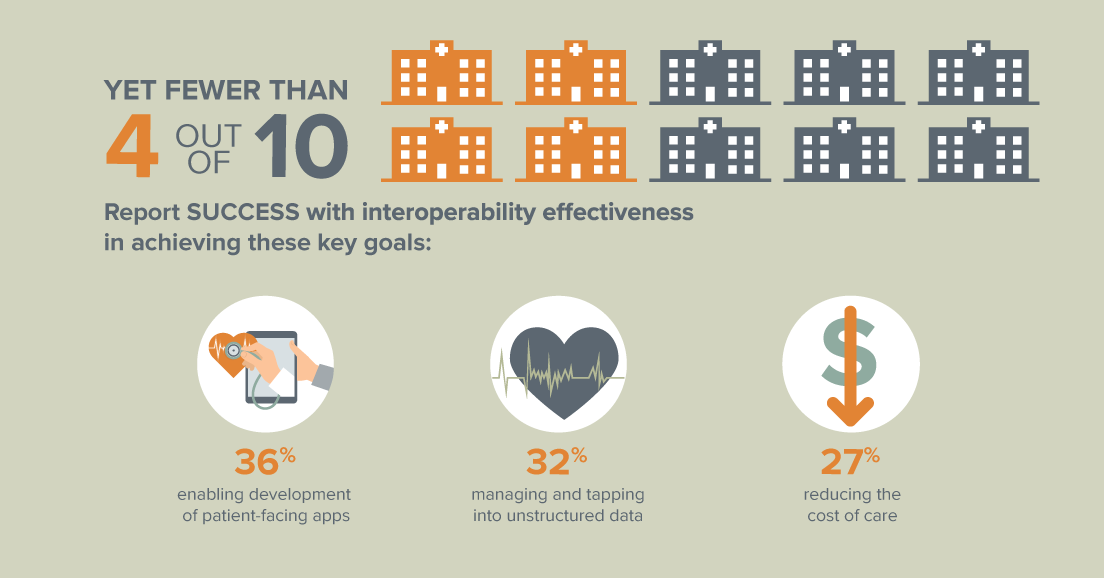See five key findings from a CCM-KLAS survey on AI in health care
Health system leaders view artificial intelligence as the area of health care innovation holding the most potential.
Even prior to COVID-19, health systems had uncovered reliable use cases for big-data analytics. Now with the upsurge in virtual care and the public health crisis driving the need for predictive analytics, AI’s potential has only grown.
To better understand how hospital leaders are eyeing algorithm-driven tools, several topics were explored by the Center for Connected Medicine (CCM) and its research partner KLAS, including the degree to which AI was leveraged in the response to COVID-19, how the pandemic has impacted investment, and in which areas adoption is most likely.
The below data were collected in 2020 for the “Top of Mind for Top Health Systems” research and represent responses by 117 executives from 112 health systems across the United States.
AI leveraged in response to COVID-19
As illustrated below, about half of respondents report leveraging AI tools to help manage the COVID-19 pandemic. Use cases include: clinical decision support; bed management, device management, and staffing; analytics and assessment; tracking ICD-10 codes to find at-risk individuals; contact tracing.
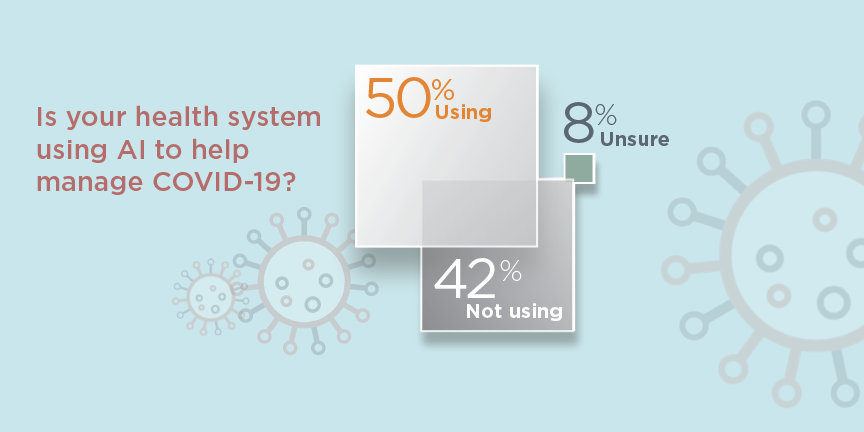
Few health systems reduced AI use in pandemic
Further, there was also a nearly equal split between respondents as to whether COVID-19 impacted their approach to AI investment and adoption. The few health systems that have decreased AI usage since the onset of COVID-19 cited putting AI innovation on hold because of limited financial resources. These organizations expect to resume AI efforts in the near future.

Decision support a leading use case
The research also identified the areas in which AI is currently being applied with respondents stating that prior to the pandemic they were using AI most frequently for use cases related to clinical decision support (CDS) and dictation assistants and transcription. CDS tools often incorporate predictive analytics for detecting maladies such as sepsis. For dictation assistants and transcription, most organizations are leveraging NLP tools. Diagnostic medical imaging is the next most common use case for AI. In terms of future innovation, revenue cycle management and virtual assistant applications were the most common responses for areas of planned AI use.

Health systems look to vendor-built solutions
Health care organizations that are currently leveraging AI technology primarily use vendor-built solutions; it is less common for organizations to be developing AI capabilities themselves — a complex and often costly approach. The market includes a variety of vendor software solutions that bring to bear AI technologies on a wide spectrum of development.
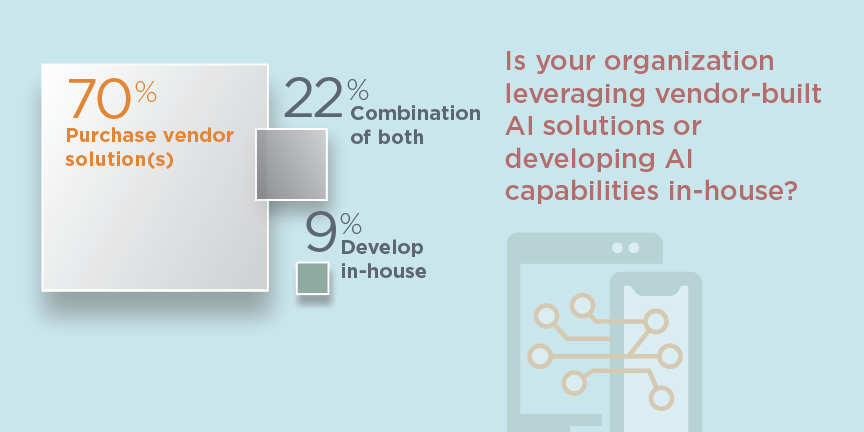
Small amount of health data informing AI
Most respondents using AI leverage just a small percentage of all their data — more than half use less than 20%. This is mainly because health systems tend to use AI tools for specific use cases, not an enterprise-wide approach. As a result, data usage is also narrowly focused. Qualitative research also suggests organizations only pull recent data into their AI tools. One challenge health systems face is that effective AI tools depend on having clean, normalized, usable data, and having a narrower AI focus makes that task more feasible.
